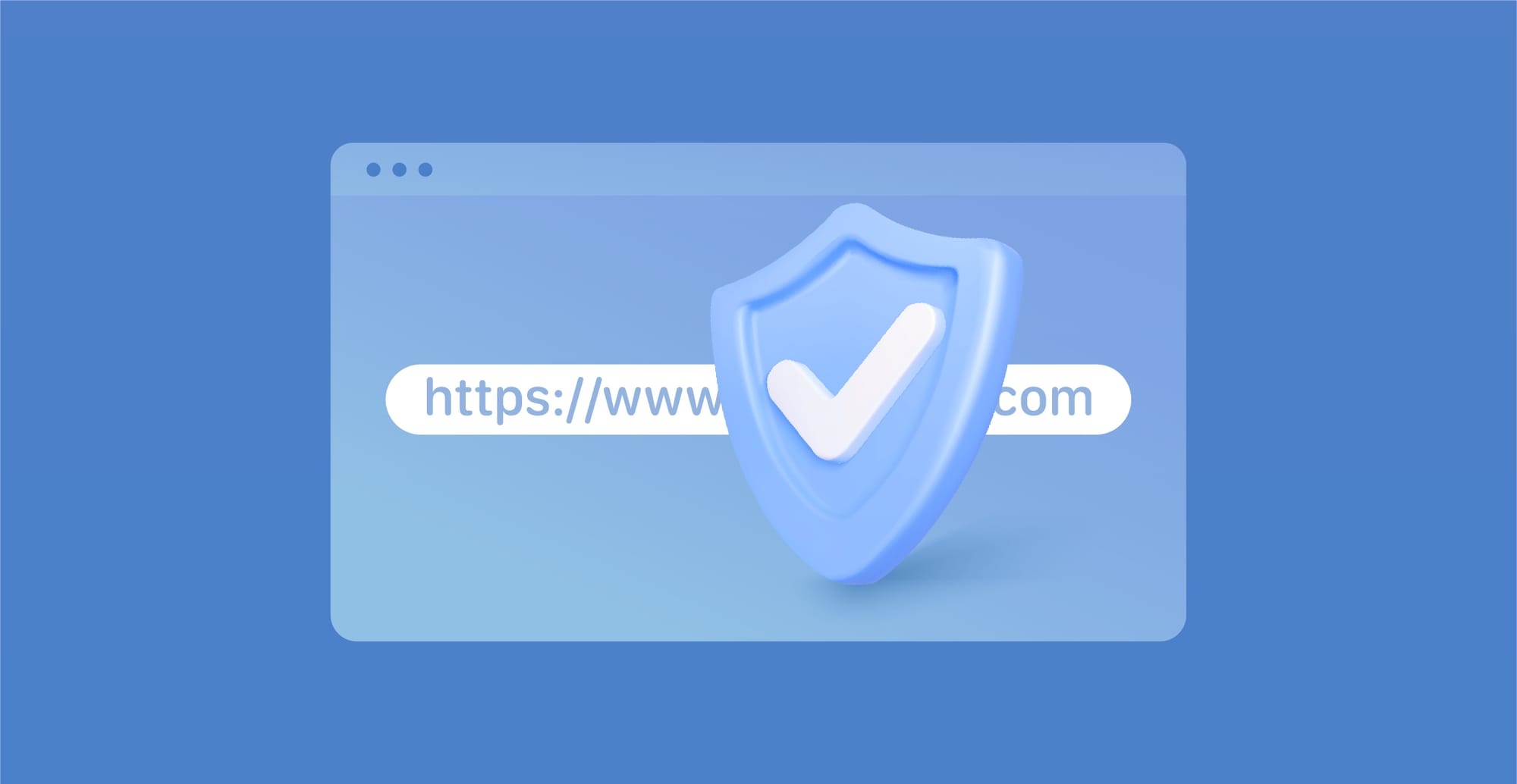
Smart medical devices represent one of the most significant advancements in healthcare technology, offering the potential to significantly improve patient care, enhance the efficiency of healthcare delivery, and enable new forms of treatment that were previously unimaginable. However, as with any technology, particularly those that are interconnected and data-dependent, they also bring a set of risks, especially concerning security and privacy. This dual nature raises a crucial question: Are smart medical devices indispensable, or are they a security risk? This discussion delves deep into this topic, exploring the benefits, risks, and the complex interplay between indispensability and vulnerability in the context of smart medical devices.
The indispensability of smart medical devices
Smart medical devices have revolutionized healthcare in myriad ways, fundamentally transforming the landscape of medical treatment and patient care. These devices, ranging from wearable fitness trackers to advanced implantable technology, have ushered in a new era of healthcare where real-time monitoring and personalized medicine are not just ideals but realities.
For patients with chronic conditions like diabetes or heart disease, smart medical devices have been nothing short of transformative. Smart insulin pumps, for example, can continuously monitor blood glucose levels and adjust insulin doses accordingly, offering a level of fine-tuned management that was previously unattainable. Cardiac monitors and other wearable devices can detect irregularities in heart rhythms and alert patients and doctors to potential issues before they become critical. This continuous monitoring not only provides a comprehensive picture of the patient's condition but also empowers them to manage their health proactively.
The advent of telehealth and remote patient monitoring, especially accelerated by the COVID-19 pandemic, has underscored the indispensability of these devices. Patients no longer need to make frequent hospital visits, which can be both time-consuming and costly. Instead, they can receive high-quality care from the comfort of their homes, reducing their exposure to potential infections and other health risks. This shift not only makes healthcare more accessible but also more patient-centric, with treatments tailored to fit the individual's lifestyle and needs.
Furthermore, smart medical devices are at the forefront of personalized medicine. By gathering and analyzing data over time, healthcare providers can gain a deep understanding of a patient's unique health profile, enabling them to tailor treatments more effectively. This data-driven approach can lead to better health outcomes, fewer adverse drug reactions, and a more efficient healthcare system overall.
The security risks
The quantity of interconnected medical devices is surging, with predictions suggesting that the international medical IoT market could exceed US$600 billion by 2028. This proliferation of connected medical technology broadens the potential targets for cybercriminals, offering them increased opportunities to breach networks. Particularly concerning are ransomware attacks, which can paralyze networks, hinder access to vital patient information, and disrupt the functionality of connected devices.
The healthcare sector's reliance on essential medical technologies like MRI machines and insulin pumps makes it especially susceptible to these cyber threats, as any disruption can directly impact patient care and potentially endanger lives. Even systems that support these technologies, like appointment scheduling software, are at risk and can cause significant operational disturbances.
Cybercriminals are acutely aware that healthcare providers are often in a desperate position to regain system functionality, making them prime targets for extortionate ransom demands. This places healthcare providers in the precarious situation of having to decide between potentially financing future cybercriminal activities or endangering patient welfare.
Moreover, adversaries frequently aim to pilfer patient data, a valuable asset on the dark web, which can be used for blackmail, extortion, or to orchestrate further targeted cyberattacks. A notable example is the Barts Health NHS Trust in the UK, which fell victim to the notorious BlackCat group, resulting in the theft of over 70 terabytes of sensitive data.
Why does the healthcare sector find it challenging to secure IoT devices?
The inherent nature of connected devices introduces security complexities across all industries. Introducing smart technology typically means integrating numerous new devices into the network, each with its own set of proprietary software and management requirements. Many of these devices, especially older models, weren't initially designed with robust security measures, and activities such as applying security patches can be cumbersome.
Healthcare providers encounter more obstacles than most due to the inclusion of high-cost equipment like CAT scanners and MRI machines in their IoT arsenal. These expensive assets are not easily replaceable as they age, and the constant use they undergo makes routine security maintenance challenging.
Consequently, managing a network of connected medical technology demands substantial resources from IT and security teams who already face extensive responsibilities.
How can healthcare organizations enhance IoT security with finite resources?
Healthcare institutions are experiencing significant budget constraints, particularly NHS Trusts. Therefore, healthcare executives face the challenge of enhancing IoT security without incurring prohibitive costs.
Cybersecurity competes for funding within a tight budget, but considering the average cost of a healthcare data breach was US$11 million in 2022, it's an area that can't be overlooked. This places a premium on achieving a high return on investment in cybersecurity, focusing on strategies that maximize coverage and effectiveness while minimizing expenses.
One strategy is to secure the broader IT network rather than trying to fortify each connected device individually. An emerging network security paradigm, known as Unified Secure Access Service Edge (SASE), offers a solution by consolidating various security services into a single platform. This approach simplifies the process of securing an increasingly complex array of connected medical devices without substantially increasing costs.
Final thoughts
While smart medical devices are indeed indispensable for modern healthcare, they are not without their security risks. The key is not to shun these devices out of fear but to understand and mitigate the risks they pose. By working together, manufacturers, healthcare providers, regulators, and patients can harness the incredible potential of smart medical devices while ensuring they are safe and secure for all who rely on them. The future of healthcare is smart, but it must also be secure.










